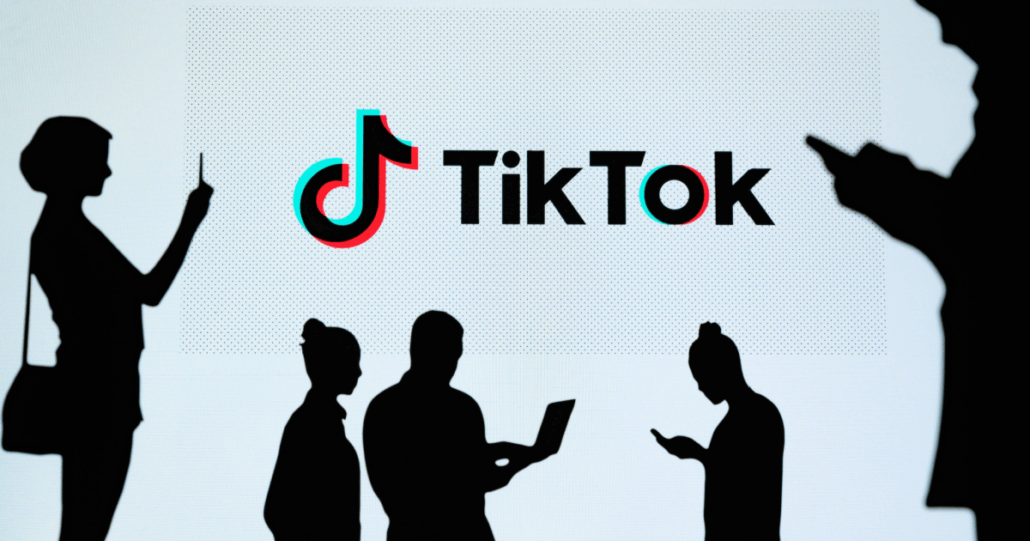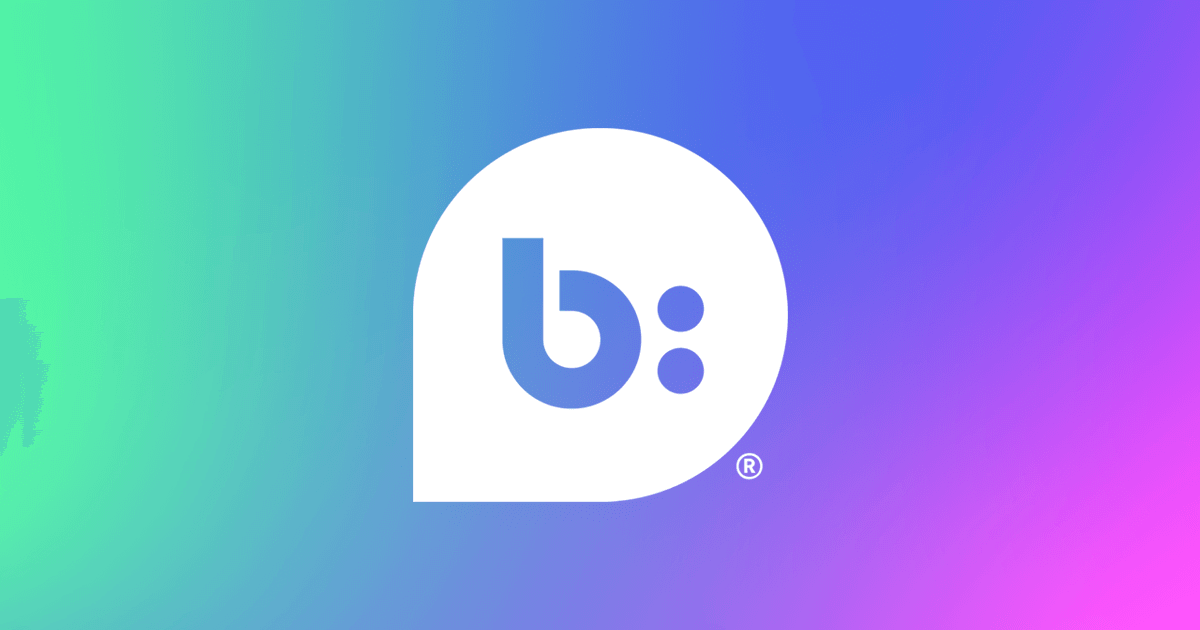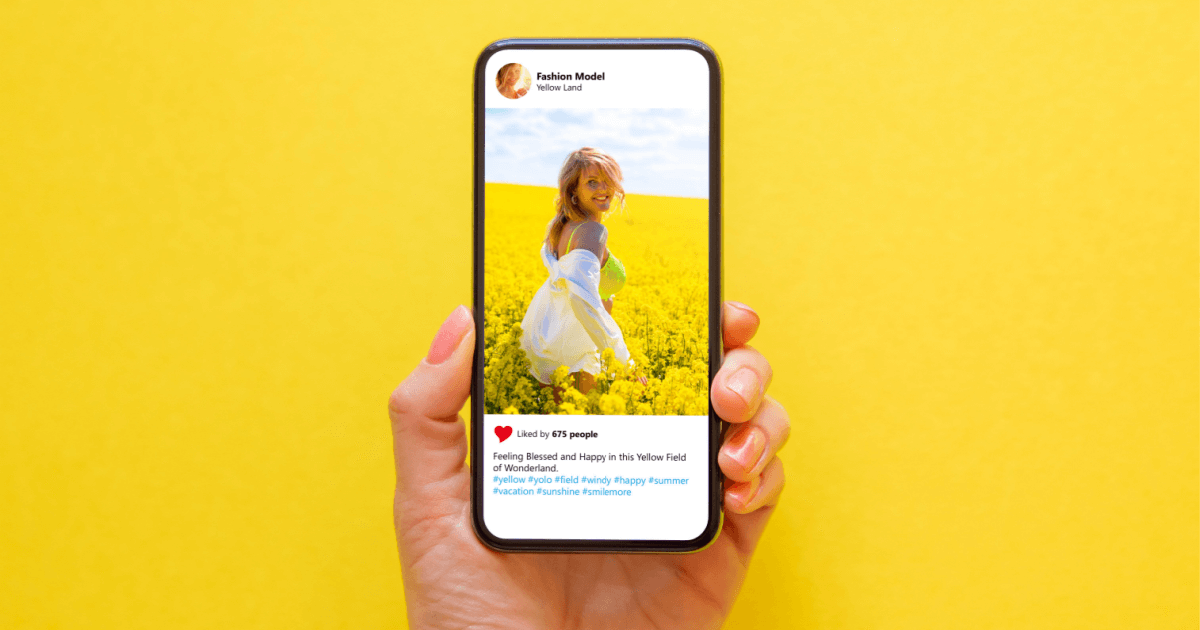August 29, 2022
Social commerce companies are a necessity in today’s commerce landscape because social is where shoppers are. Think about it: How much time do you spend on social media? Be honest. If you’re like most me (and most other people), it’s probably about three hours a day. Maybe even more some days.
Along with liking your friends’ vacation and pet photos and checking out what your ex has been up to, those scrolling sessions likely include keeping up with the latest trends and discovering new products. 69% of shoppers say social media has inspired them to make a purchase, and 54% would be likely to buy a product if they could click the post and quickly get information about the item, our own 2022 Shopper Experience Index found.
What we’re describing here is social commerce. And, as people spend more and more time on social media, they’ll spend more time shopping while they’re there. So, it’s crucial for brands to embrace social commerce.
But, which social media companies work best for social commerce? We have answers to help your brand stand out in e-commerce.
Social commerce definition
Social commerce refers to buying and selling products and services using shoppable content on social media. And, it’s a powerful element in the e-commerce landscape, as shopping journeys often start on social media these days.
In 2022, U.S. social commerce sales are expected to reach $45.7 billion and nearly $80 billion by 2025, according to eMarketer.
While scrolling through images and videos of products and other branded content, shoppers can tap on an item, add it to their shopping carts, and checkout without ever leaving Instagram, TikTok, or whatever social media company they’re using.
Social media inspires people to shop. They may spot a new outfit or piece of home decor that a friend (or social media influencer) has and want to buy it too. This concept of social proof is what makes social commerce work. Everyone wants to feel part of a trend, and no one wants to be left out.
Shoppers also want to learn about your products before they buy them. So, you need to make sure they’re easily directed to a product page or prompted to buy with shoppable tags.
Another benefit of social commerce: it exposes brands to new consumers and helps them connect in a casual, interactive environment. Shoppers can discover something new even when they’re not necessarily looking. Especially useful given that 76% of consumers enjoy discovering new products.
Why are social commerce companies important
Social commerce companies are where brands can sell products and services with the help of a social media companie’s tools and the content posted on those platforms. Think: shoppable Instagram posts or YouTube videos that include product links.
Shoppers use social media to shop in a variety of ways, our research shows. Most use the companies to find inspiration. Others enjoy stumbling across something in their feeds or stories, seeing a brand’s content, or getting a recommendation from a friend, family member, or influencer.
Social commerce companies are also an ideal place to collect and display user-generated content (UGC) and embrace the power shoppers have on one another. 53% of consumers say UGC, including social media images from customers, makes them feel more confident about purchasing —more so than professional photography.
Another 40% say UGC, like shopper photos and reviews, increases the likelihood that they’ll buy something from a social media ad.
Influencers and creators play a crucial role in social commerce, too. 69% of consumers at least sometimes shop from social media influencers. They’re most influenced by influencers who are subject matter experts, family and friends, and social media stars.
Social media also offers opportunities to give shoppers new and unique experiences, which they’re very interested in. Livestream shopping events, augmented reality (AR), and virtual reality (VR) are new features they want to try.
The top 8 social commerce companies
Social commerce is driven by experiences, content, and interactions. Different companies offer different tools for brands, different benefits, and may connect with different audiences. Here’s a look at the best social commerce companies out there.
(If the anticipation is too much for you, you can always just jump straight to #1).
8. Twitter
You may think of Twitter as more of a place for news content and political arguments than a place to shop. But, the platform is jumping on the social commerce trend.
Twitter has been working on several shopping features, including Shop Spotlight where users can purchase from business profiles on the platform, a Shop Button linked to product-based tweets, Shopping Manager, and Live Shopping. Walmart was the first retailer or brand to test Twitter’s livestream shopping platform last year.
Twitter Shops recently launched, allowing brands to choose up to 50 products to showcase to shoppers on the platform. Users can view and shop the products from their favorite brands’ profiles.
7. Pinterest
Pinterest has been a popular site for product inspiration and discovery for a while, with users pinning outfit ideas, holiday decorations, and new recipes to try. The platform allows brands to create shoppable pins and upload their product catalogs, which can be linked to e-commerce sites.
Brands that use Pinterest Catalogs often see 5x more impressions, according to the platform. Pinterest Shopping ads let brands add details like pricing and reviews.
Pinterest debuted a new social commerce feature last year, called Shopping Lists. This lets users save Product Pins in one place and get notifications when there’s an update with those products, such as when an item goes on sale. According to Pinterest, Pinners are 7x more likely to buy the products they save.
6. Snapchat
What’s unique about Snapchat is its use of AR. Users enjoy adding its extensive filters and lenses to their photos, like making a photo look like a vintage Polaroid or turning themselves into Disney-style characters. Snapchatters engage with AR more than 6 billion times a day, and most of those users want to incorporate AR into shopping.
35% of consumers want to shop using AR or VR, yet only 1% of retailers are using these technologies, our research shows. With Snapchat, brands have the opportunity to create custom branded lenses and filters to lure shoppers. American Eagle, for instance, launched an AR social experience with Snapchat to allow users to try on pairs of jeans virtually.
The company is built for brands to design shoppable try-on and product visualization experiences. Brands can create product catalogs, 3D models, and AR images. You can also set up a Shop section on your profile to upload products for sale.
Snapchat recently introduced a new shopping lens that lets shoppers view multiple products in one place. Consumers can find product details like colors, sizing, and pricing, and see similar products. Ulta Beauty and MAC Cosmetics are now using the new shopping lenses, with more brands to follow in the next few months.
5. TikTok
TikTok may be best known for its lineup of funny dancing videos and goofy content. But it’s also one of the most popular product discovery and shopping companies for consumers aged 18-24. It’s attracting even younger audiences, too, with children and teenagers spending about 90 minutes a day on the platform.
While scrolling TikTok, users come across people cooking, applying makeup, and just living life. So, they’re likely to encounter products along the way. The #TikTokMadeMeBuyIt hashtag has racked up billions of views for a reason — the platform has earned a reputation for shopping and is gaining traction as on of the most effective social commerce companies.
TikTok recently announced Shopping Ads, allowing brands to turn products into TikTok experiences, grab the attention of shoppers, and boost sales. Brands can create video ads, catalog listing ads, and live shopping ads.
TikTok has also hosted livestream shopping events. Walmart, for example, last year partnered with TikTok creator Gabby Morrison, who has millions of followers. The event attracted 7x more views than expected and helped the retailer increase its TikTok followers by 25%.
Don’t be surprised if TikTok makes its way further up the rankings of best social commerce companies in the very near future.
4. YouTube
Boasting more than 2 billion active users, YouTube is the most popular video-viewing platform. Brands can use the platform to create product videos and partner with influencers to show products in action and offer recommendations.
Consumers tune into YouTube specifically to find shopping inspiration, research products, and view paid influencer recommendations, our research shows. 89% of YouTube viewers think the platform’s creators offer recommendations that they can trust.
YouTube recently announced a partnership with e-commerce platform Shopify to debut integrated livestream shopping. Brands and YouTube creators can link their Shopify stores to their profiles on the video platform, which will sync inventory and enable on-site checkout.
3. Instagram
Instagram is shoppers’ go-to social commerce company for finding inspiration about trends and products, gathering information about products, and stumbling across something enticing on their feeds. It also boasts over 2 billion monthly users, so embracing the platform definitely helps brands tap into social proof.
The highly visual platform offers a number of features to encourage shopping. Instagram Shopping, for instance, lets brands create a storefront to sell products and tell their story. Product detail pages let you include descriptions and prices and drive consumers to your website to buy the item. Or, you can allow shoppers to check out right on your Instagram page.
Add Product Tags to highlight products in the photos and videos on your Instagram Feed, Reels, Stories, Lives, and product mentions. This makes it easy for shoppers to purchase. They just have to tap on a tag.
2. Facebook
Facebook is one of the top social commerce companies for a reason. 22.3% of U.S. internet users, which comprises about 56 million people, were expected to make at least one purchase via Facebook last year, according to eMarketer.
Consumers use the platform for shopping inspiration and to get recommendations from friends and family. They’re often likely to buy something they stubble across in their feeds.
Facebook Shops lets brands upload a product catalog and create an online storefront on Facebook and Instagram. You can also sync your Shopify store with Facebook. Visitors will see a Shop tab and can purchase products directly from your Facebook page, and Facebook Groups and News Feeds.
1. Bazaarvoice
Obviously we’ve put ourselves at number one. Partly because confidence is key. But mainly because at Bazaarvoice, we genuinely have a best-in-class social commerce platform that can help you leverage UGC and activate influencers in new and exciting ways. Just ask home & hardware brand Bemz, which implemented Bazaarvoice Social Commerce tools and has already seen a $1.65 million revenue increase.
Our suite of products can help you turn your social channels into shoppable storefronts, helping you reach the 42% of online shoppers who use social media to research new products.
With Like2Buy, you can make your content shoppable and increase traffic and sales from Instagram images and videos. Shoppers can browse your shoppable feeds, make purchases, and learn about your brand. or engage with your brand in other ways.
Brands using Like2Buy see visitors spend more time on their websites and social media pages and more money per order.
Showroom is another tool that uses artificial intelligence to help brands turn social media images or videos into a shoppable storefront. Consumers discover 60x more products with Showroom, and bounce rates drop by more than 50%.
You can also turn any photo into an interactive and shoppable actionable experience with Reveal. Brands can drive traffic and boost sales from the visuals on your blog, e-commerce site, and partner sites.
Fashion brand River Island experienced a social commerce boost after partnering with Bazaarvoice. The brand’s conversion rates jumped 184% when users engaged with visual UGC, and average order values were 45% higher.
How to leverage social commerce companies
Regardless of which company you partner with, if you’re not already tapping into the power of social commerce then now’s the time to start. And Bazaarvoice can help you get started and guide your social commerce journey.
New research by Forrester Consulting shows that the retailers and brands that work with us experience a 400% ROI and a payback period of under three months. You also have the potential to see conversion rates increase 4x, website traffic rise 3x, and content syndication jump 10x.
Ready to get started optimizing your social content? Check out our social commerce page to learn more. Or get in touch below to get started.
Get started









